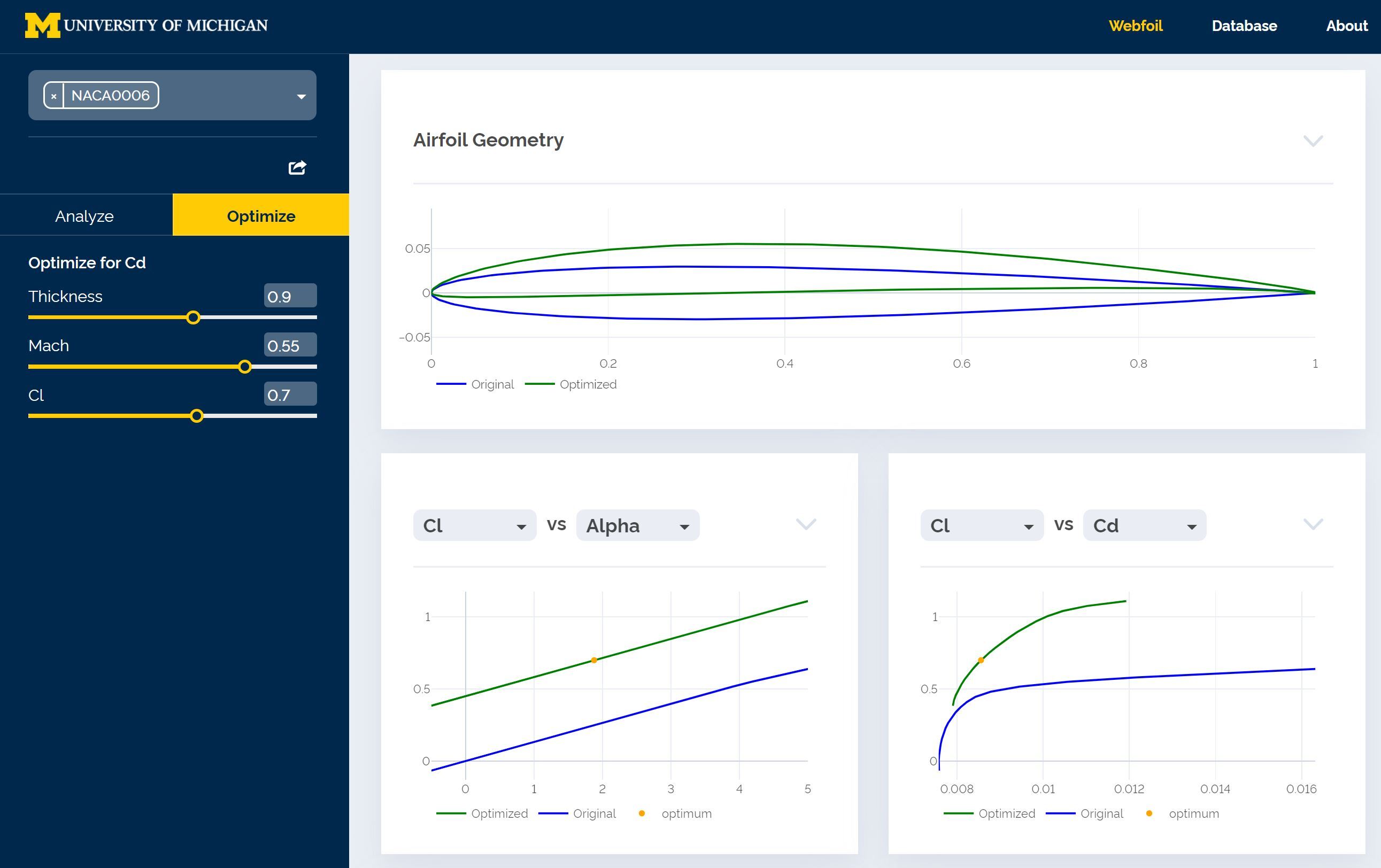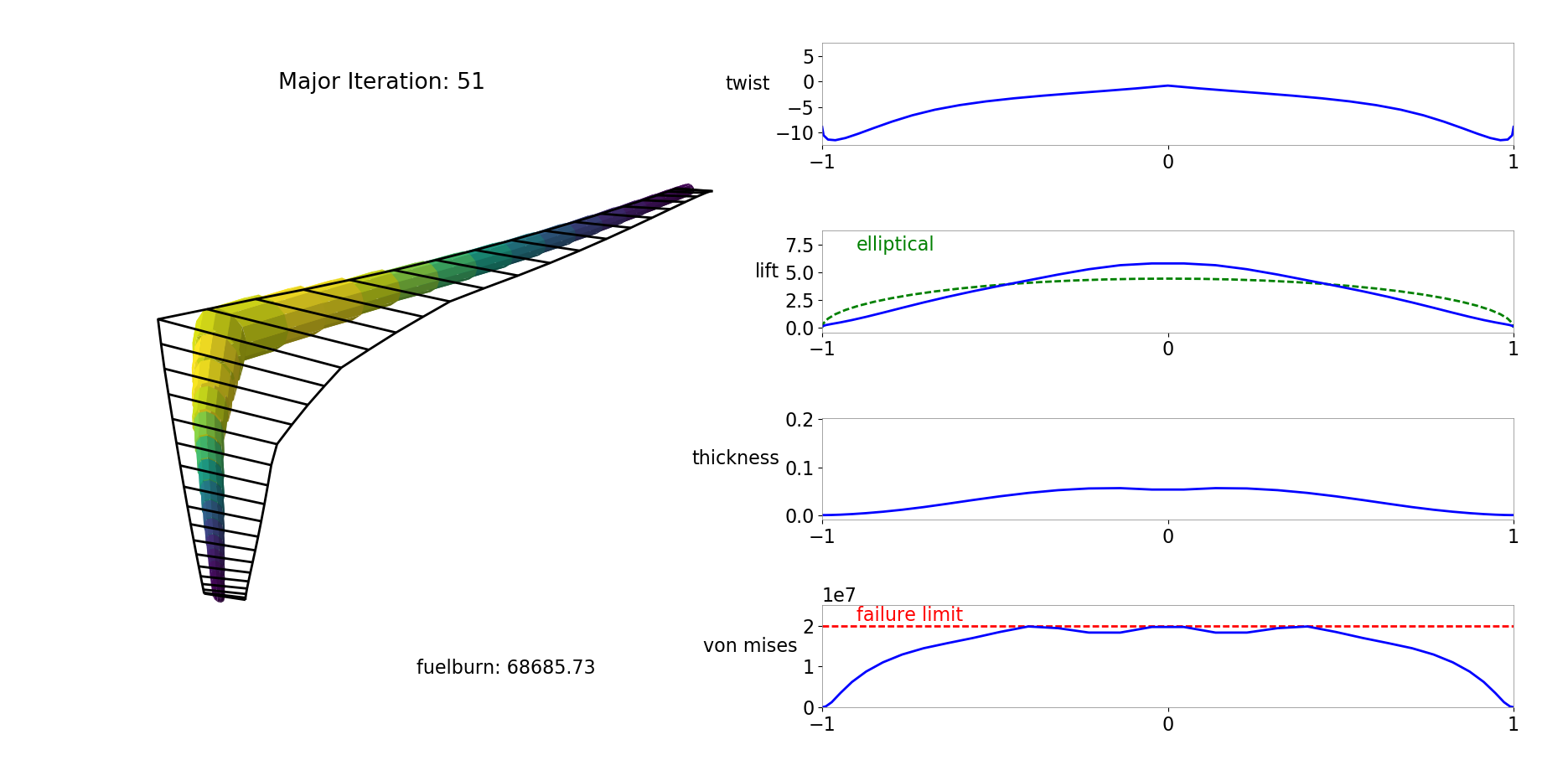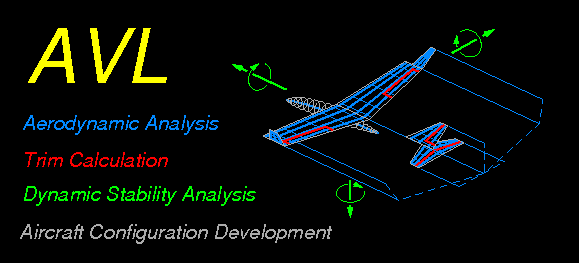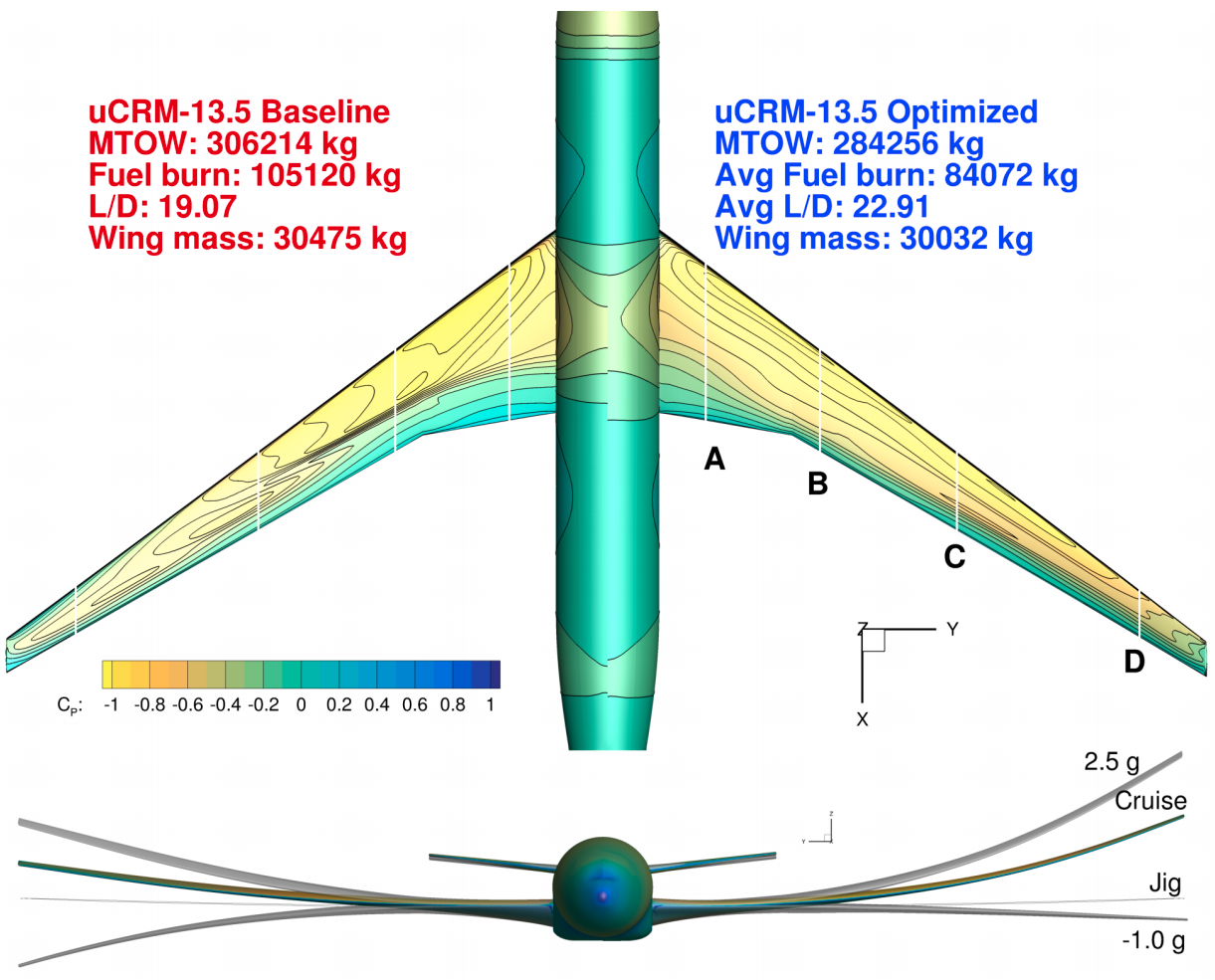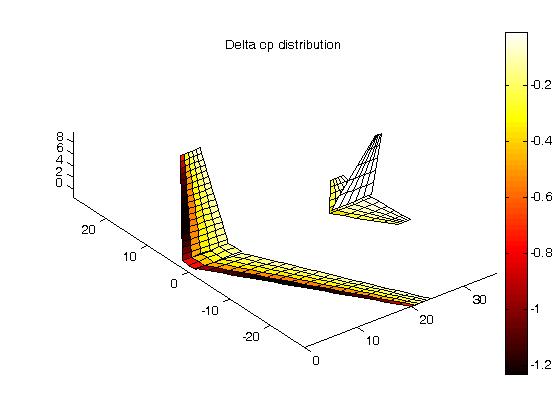Aircraft Design Software
« BackThe tools listed here are free aircraft design software packages to analyze aerodynamics, structures, and stability for preliminary aircraft design. For a full list of the MDO Lab’s software see this page.
XFOIL: XFOIL is an interactive program for the design and analysis of subsonic isolated single-segment airfoils. It was written at MIT by professor Mark Drela. [XFOIL site]
Webfoil: A powerful and easy-to-use online tool for airfoil analysis and optimization that includes a vast database of airfoils. Developed by the MDO Lab; see the paper. [Webfoil site]
OpenAeroStruct: A lightweight aerostructural optimization code that can optimize a wing design in minutes on a laptop. It couples a vortex-lattice method (VLM) and a 6 degrees of freedom 3-dimensional spatial beam model to simulate aerodynamic and structural analyses using lifting surfaces. Developed by the MDO Lab; see the paper. [OpenAeroStruct]
AVL: Yet another design program by professor Mark Drela and Harold Youngren. AVL is an extended vortice lattice method (VLM) software that supports aircraft configuration development by offering aerodynamic analysis, trim calculation and dynamic stability analysis, among other things. [AVL site]
MACH-Aero: A framework for aerodynamic design optimization that couples a CFD solver (e.g. ADflow or OpenFOAM), geometry parametrization (e.g. pyGeo), mesh deformation (e.g., IDWarp), and optimizer interface (pyOptSparse). Documentation and tutorials are available here. Developed by the MDO Lab. [MACH-Aero]
XFLR5: XFLR5 uses XFOIL as its computation kernel and adds a graphical user interface for Windows operating systems. You still need the XFOIL manual to find your way around. XFLR5 also offers a 3D wing design capability, using two different calculation schemes. [XFLR5 site]
Tornado: A vortex lattice method (VLM) implemented in MATLAB. The code is intended for linear aerodynamic wing design applications in conceptual aircraft design or in aeronautical education. [Tornado site]

